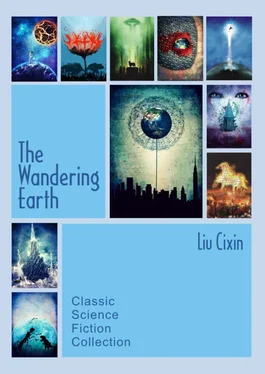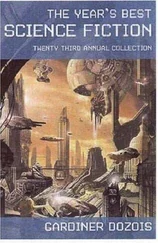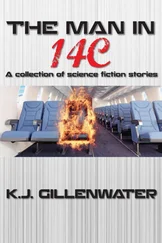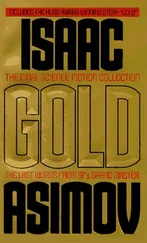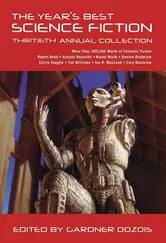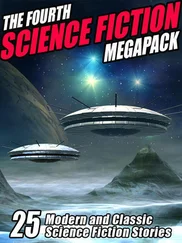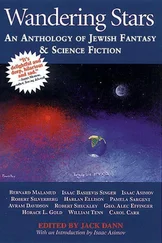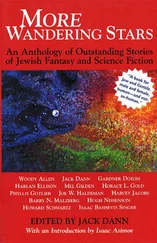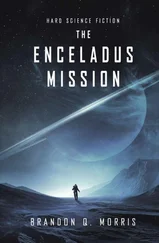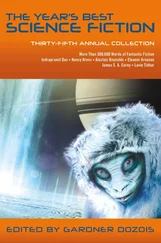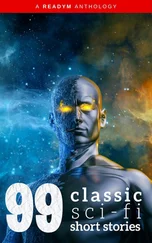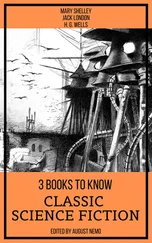Three years later, the impact dust had at last begun to dissipate and humanity was finally approaching its ultimate perihelion. As we reached it, those living on the Eastern Hemisphere had the joy of seeing our world’s fastest sunrise and sunset. The Sun leapt from the horizon, only to streak across the sky. The angle of all of Earth’s shadows changed so quickly that they looked like the sweeping hands of countless clocks, racing around their imaginary chapter rings with manic determination. It was Earth’s shortest day, over in less than an hour.
After that hour, the Sun plummeted back below the horizon and darkness fell across the Earth. I was left with a feeling of sadness. This fleeting day had been like an all too brief synopsis of Earth’s 4.5 billion year history in the solar system. And until the end of the universe, Earth would not return.
“The dark has fallen,” Kayoko said then, stricken with grief.
“The longest night,” I replied. We had entered a night that would last 2,500 years. Not until a hundred generations later would the first light of Proxima Centauri again illuminate our hemisphere. The other side of the world was facing the longest day. Even so, it would last just a moment when compared to the age-long night. The Sun would quickly rise to its zenith, where it would remain, motionless, slowly shrinking. Half a century later, it would be difficult to pick out from among the surrounding stars.
The Earth’s intended path led it straight to a rendezvous with Jupiter. The Navigation Committee plan was as follows: The Earth’s fifteenth orbit would be so elliptical that the aphelion would reach Jupiter’s orbit. There Earth would brush past Jupiter, nearly colliding with the giant planet. Using Jupiter’s enormous gravity to assist its acceleration, Earth would finally achieve escape velocity.
We first caught sight of Jupiter two months after passing the perihelion. At first the naked eye could only see it as a dim point of light. Soon however, it grew into a small disk. Another month passed and Jupiter had grown to the size of Earth’s lost Moon, but it was a sphere of dark crimson, not glowing silver. Already, one could faintly make out its bands. Then some of the Earth Engines beams, all of which had been perpendicular to the Earth for 15 years, began to tilt. Final adjustments were made to the Earth’s angle as we approached our cosmic rendezvous.
Jupiter slowly sank below the horizon and three months later it vanished altogether. Now it was visible only to the Western Hemisphere and we knew that two planets had just met.
It almost came as a surprise, when one day we heard that Jupiter would again be visible from the Eastern Hemisphere. Throng upon throng made their way to the surface to witness the cosmic display. When I passed through the gates of the subterranean city and reached the surface, I saw that the Earth Engines that had driven our planet for 15 long years had all fallen completely silent.
Once again, we could see the starlit sky. Our final rendezvous with Jupiter was already in progress.
Everyone nervously stared toward the west as a dim red glow began to appear beyond the horizon. This glow slowly grew, stretching across the entire width of the horizon. Only then did I realize that a neat border had formed between the dim red light and the starry sky. The border was curved, its arc so massive that it spanned from one end of the horizon to the other. Ever so slowly it rose, and as it did, everything below the arc turned dim red. It was as if a theater curtain the size of the night sky was being raised to separate the Earth from the rest of the universe. I could not help but gasp as this occurred to me; that dim red curtain was Jupiter! Of course I knew that Jupiter was 1,300 times the volume of Earth, but only when I saw its immense splendor did I truly take in its incredible size. It is almost impossible to express the horrible feeling of oppression that this cosmic monster engendered as it rose across the entire horizon.
One reporter later wrote, “I could not help but wonder if I had woken in my own nightmare or if the entire universe is but a nightmare in the gigantic mind of that god!” As Jupiter continued its terrible rise, it gradually occupied half of the sky. We could then clearly see the tempests raging in its cloud layers; chaotic, swirling lines of those storms dazed all who beheld their maddening dance. As I stared, I recalled the boiling oceans of liquid hydrogen and liquid helium that lay beneath those thick cloud layers.
Then the famous great red spot of Jupiter rose, the cyclopean maelstrom that had raged for hundreds of thousands of years. It was large enough to swallow our insignificant planet three times over.
Jupiter now filled the entire sky. Earth seemed to be no more than a balloon, bobbing on Jupiter’s boiling ocean of dim red clouds! Even worse, Jupiter’s giant red spot had come to occupy the middle of our new heaven, like a titanic red eye staring at our world. All of Earth was shrouded in its ghastly red light; in that moment it was impossible for anyone to believe that our tiny Earth could escape the gravitational pull of that enormous monster. For us, it was not even imaginable that Earth could become Jupiter’s satellite; we would certainly plummet straight into the inferno concealed beneath that boundless ocean of clouds!
But the navigator’s calculations were exact. That bewildering, dim red heaven slowly began to move and, after some indeterminable time, the western sky began to reveal a black crescent. This black quickly grew in size and within it stars began to twinkle; Earth was rushing out of Jupiter’s gravitational clutches.
As Earth escaped, sirens began to wail. The gravitational tide that Jupiter had drawn toward itself was rushing back to land. Later I learned that great waves reaching higher than 300 feet had again swept across the continents. As the waters rushed toward the sealed gates of the subterranean cities, I stole one last glimpse at Jupiter, now filling but half of the sky. As I did, I could clearly see streaks marring the planet’s cloud oceans. Subsequently, I came to realize, that they had been the result of Earth’s own gravitational pull; our planet, too, had caused massive waves on the Jupiter’s liquid hydrogen and helium oceans.
Then the Earth, accelerated by Jupiter’s gravitational forces, was hurled into deep space.
As we left Jupiter, the Earth reached escape velocity. It no longer needed to return, to lurk within the grasp of the doomed Sun. It was flying toward the vastness of outer space, to begin its long Wandering Age.
It was under the dark red shadow of Jupiter that my son was born, deep beneath the Earth.
After leaving Jupiter behind, the more than 10,000 Asian Earth Engines again began firing at full power, and this time they would not stop for 500 years as they perpetually accelerated Earth toward its destination. In these 500 years, half of Asia’s mountains would be consumed, burnt in the Earth Engine’s nuclear fire.
Humanity was free, free from the dread of death that had been our constant companion for more than 400 years. What followed was one long, deep, and collective sigh of relief. But the revelry that everyone had expected never materialized. What in fact followed was beyond anything what anyone could have ever imagined.
After our subterranean city’s celebratory rally had ended, I donned my thermal suit and ascended to the surface, alone. The mountains of my childhood had already been leveled by the super-excavators, leaving only bare rock face and frozen Earth. The bleak emptiness was broken by splotches of stark white that covered the land as far as the eye could see; the salt marshes left behind by the great ocean tide. Before me loomed the city of my father and my grandfather. What had once been a home to 10 million now lay in a pile of ruins. The Earth Engines’ blue glow dragged long shadows from the exposed steel skeletons of the city’s skyscrapers as they reached from the Earth like the fossil remains of prehistoric beasts.
Читать дальше
